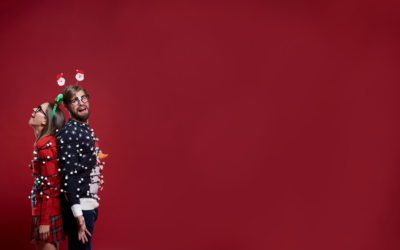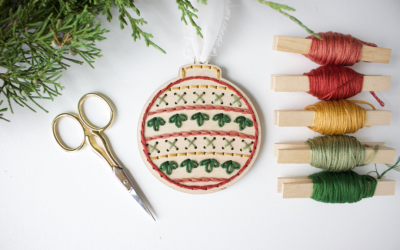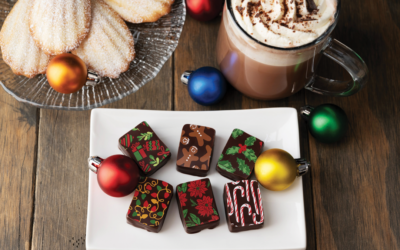Chimney Park’s wine program earns coveted award
– By Emily Kemme –
When Jason Shaeffer was 26, a time when most are likely to buy wines with prices that fit starter paychecks, he was learning the nuances of pairing foods with fine wines from around the world.
He was working as an executive chef in North Carolina at Elizabeth’s Cafe & Winery, a fine dining destination. He’s now the owner and chef of Chimney Park Restaurant & Bar in Windsor, a place recognized by one of the premier wine publications in the world as one of the finest restaurants pairing wine with food.
“We would break down the flavors, aromas, different tastes and contrasts, pairing likes on likes—for example, matching the sweetness of a brie bisque dessert topped with apple and a buttery chardonnay,” Shaeffer says of those early days at Elizabeth’s. “It was where I started developing my wine palate.”
His introduction to red wines began with the restaurant’s Thanksgiving dinner, where they uncorked bright, fruity Beaujolais Nouveau that had aged in oak casks for a short couple of weeks and was bottled less than two months after the grapes were harvested.
He continued learning in San Diego and then New York at Per Se, where the menu changed every night along with the wine pairings to match.
It’s where he discovered the subtle differences between upper echelon wines, working under American chef Thomas Keller, who has set the standard for fine dining in this country for decades.
Those high-end wines include understanding the levels of Burgundy classifications from grape varieties grown in eastern France on gnarled and twisted vines using practices begun in the 10th century. It also entails developing a taste for subtle differences in plots of land, because wine—like anything that grows out of the earth—pulls its flavor from the dirt, drawing character from the environmental factors (in wine lingo, the “terroir”) where it thrives.
In spite of the history, a lot of wine education happens while standing around a stainless steel worktable in the kitchen with colleagues in charge of coordinating a restaurant’s wine cellar program.
At Chimney Park, Shaeffer’s team assembles in the kitchen to taste, evaluating sweet, sour, salty, bitter and umami elements along with a wine’s texture and temperature.
“Night in and night out, we’re ultra-focused on the fresh produce that comes in on Wednesday, after which we dial in the proteins and sauces,” Shaeffer says. The menu can have several daily changes and is reworked each week.
The education includes developing relationships with wine growers and producers, visiting vineyards to learn their farming methods, collaborating on wine dinners and supporting that relationship by purchasing wines to feature on the restaurant’s menu.

Photo courtesy of Chimney Park.
Establishing a world class wine program in Windsor
Since 1979, Wine Spectator magazine has served as a guide for wine aficionados, ranking and reviewing wines on a 100-point scale. Its Restaurant Awards program was introduced in 1981, annually ranking restaurants around the world on three tiers: Award of Excellence, Best Award of Excellence and the highest level, Grand Award.
While wine might be perceived as part of an expensive lifestyle, the award program is devoted to demonstrating “that extraordinary wine lists can exist at any size, location, category and price point,” Wine Spectator notes.
When Shaeffer bought Chimney Park in 2007, he inherited a cellar which had earned the Wine Spectator Award of Excellence. He maintained that level for 13 years.
This year, Chimney Park earned its third Best Award of Excellence. At the time of the award, Chimney Park had 525 selections and an inventory of 4,375 bottles. It is the only Northern Colorado restaurant in the category, placing it in league with well-known restaurants like Boulder’s Frasca Food & Wine and the Palace Arms in The Brown Palace Hotel in Denver.
Shaeffer believes it’s important to provide this level of service in Northern Colorado.
“There’s demand for it,” he says. “We have clients with the palate and budget to enjoy these levels of wines.”
Many bottles are priced between $80 and $150, the restaurant’s sweet spot. The most expensive wines can run in the thousands. A selection of wines can also be ordered by the glass.
But educating guests about food and wine compatibility reinforces why he curates the collection.
“The Chef’s Tasting menu is a good way to walk through the differences between New World and Old World wines and food pairings, covering topics as diverse as geography, climate style and winemaking traditions,” Shaeffer says. “But our sommeliers also talk with people to get the best wine that fits what they’ve ordered and their budget.”
The restaurant’s sommelier, Chris Hensey, evaluates individual components in a dish and selects two or three bottles, tasting how every element works with the wine. A Coravin system simplifies tasting: A needle drives nitrogen into the bottle and pushes wine out without adding oxygen.
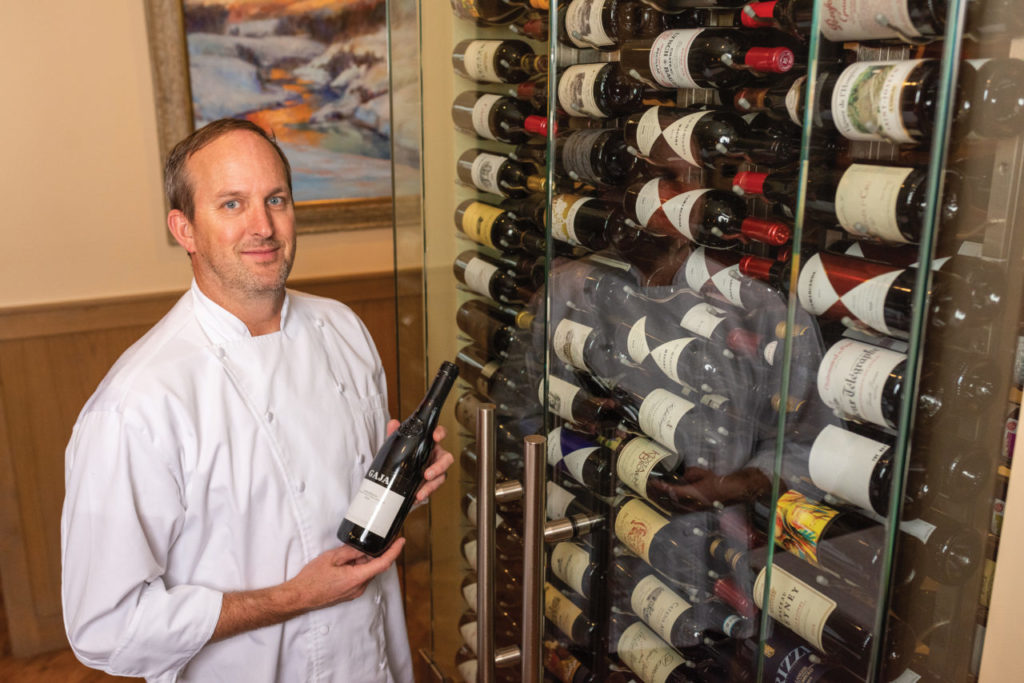
Jason Shaeffer, Chimney Park owner and chef. Photo by Ben Bradley Photography.
“Oxidized wine is undrinkable within a week,” he says. “We only need two or three sips to determine wine and food compatibility.”
The guidelines for red wine with beef and whites with chicken and fish are reliable, but it depends on the sauce. Sometimes the team contrasts flavors; at others they’ll seek complementary ones, like hearty chicken cassoulet paired with rich Syrah.
Strong vegetal flavors, like asparagus and Brussels sprouts, can be challenging. He often pairs Grüner Veltliner, a white grape from Austria, because the flavors and acid match those vegetables.
Hensey says 90 percent of what you taste is in your nose: for example, in a rosé, your tongue will tell you there’s fruit present, but your nose will hone in on specifics like strawberry, rhubarb or watermelon.
But taste is subjective, Shaeffer notes. “How a wine affects everyone’s palate is different. There’s right and wrong with food pairing, but it can be a fine bottle of wine that people don’t like, and that’s okay.”
Decanting Demystified: Chimney Park’s sommelier, Chris Hensey, details when to decant.
Hensey says most red wines benefit from decanting because it oxidizes them, creating a fruitier, smoother taste.
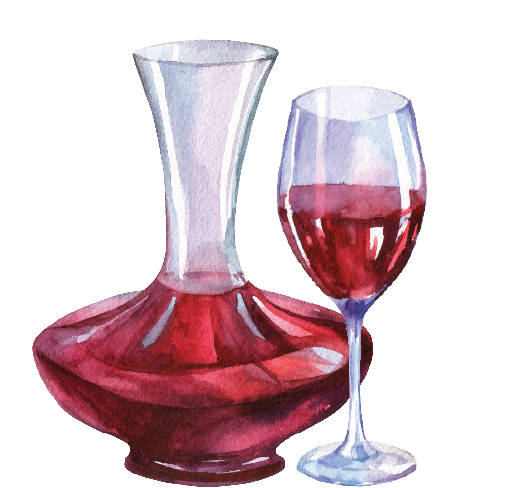
When a big red or strong white is opened, the first sip is sharp because the wine has been sealed in a 750 ml bottle, building up acidity. The sharpness disseminates after 30 minutes; pouring into a decanter exposes more surface area than if it sat in an open bottle.
To decant, pour at a steady pace without splashing for about a minute to empty the bottle. Decanters can be fancy, but you’ll get the same result from a clean mason jar.
“It’s just about aerating. The vessel doesn’t matter,” Hensey says.
_______________________________________________________________________
Emily Kemme is an award-winning novelist and Colorado food writer. If she’s not tapping the keyboard, you’ll find her stirring a pot, always at her two collies’ beck and call.




